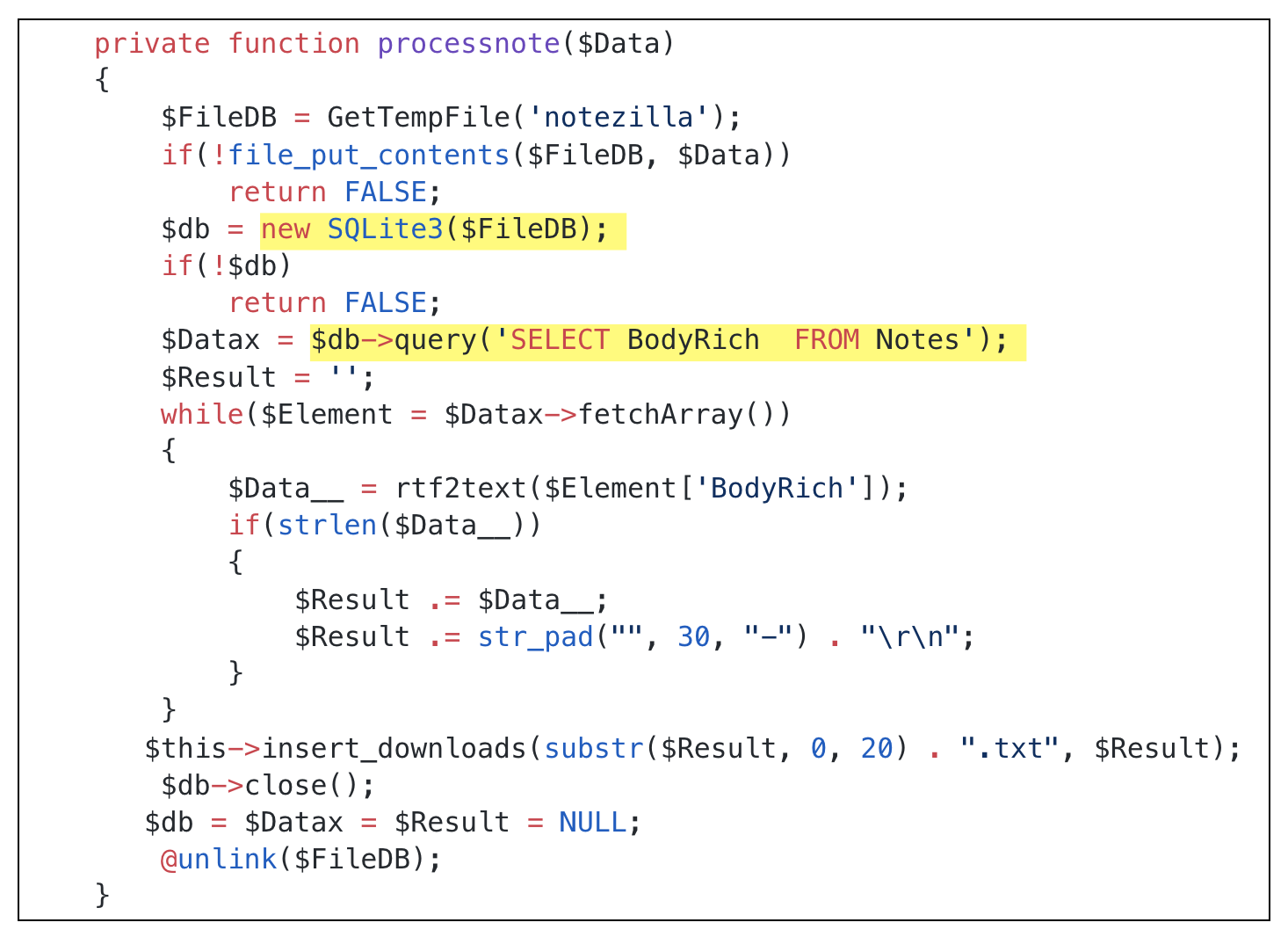
- Sqlitestudio query examples how to#
- Sqlitestudio query examples install#
- Sqlitestudio query examples software#
- Sqlitestudio query examples code#
Is there a way to use the LAG function or the PARTITION BY clause in the SQL Function Editor? Any help would be greatly appreciated! Thanks!Īlso: does anyone have any resources for aggregate function creation in the SQL Function Editor for SQLiteStudio? I know it takes the three parameters of "Initialization code", "Per step code", and "Final step implementation code", but I am looking for examples of the syntax/requirements for these three parameters in SQLiteStudio. The SQL Editor is also not recognizing the PARTITION BY clause either. However, the lag function is not supported in SQLiteStudio (or maybe I am missing something?). I was attempting to use the following code: SELECT CustomerID, Date, Amount, LAG(Date,1) OVER (PARTITIONED BY CustomerID ORDER BY Date) However, I executed this command by using a different method, named ExecuteReader().

This is what I would like the end result to look like: ` CustomerID Date TransactionID Amount Last Transaction Date To query the database for the inserted records, I wrote an SQL select query. To create a new table in SQLite, you use CREATE TABLE statement using the following syntax: CREATE TABLE IF NOT EXISTS schemaname. My table looks like this: CustomerID Date TransactionID Amount SQLite INSERT, UPDATE, DELETE Query Learn with Example. SQLite Join Natural Left Outer, Inner, Cross with Table Examples. SQLite Query Select, Where, LIMIT, OFFSET, Count, Group By. Multiple Argument ( Param ) on Query For this, please check the query example. on this function, we are using promise for all queries. To execute the query, go to F9 (Figure 5). SQLite Data Types Data Types in SQLite with Examples. Multiple Query Run At a Time Issue ( Use Promise on Execute Query) if you are facing multiple select query issue then please my Execute Query function. columnN datatype constraint, PRIMARY KEY (one or more columns) ) Figure 4: Create a table. This tutorial will give you a quick start with SQLite and make you comfortable.
Sqlitestudio query examples code#
The source code for SQLite is in the public domain. SQLite is the most widely deployed SQL database engine in the world.
Sqlitestudio query examples software#
If you are already familiar with SQL, you will notice the differences between SQL standard and the SQL dialect used in SQLite.I am wanting to return the last transaction date grouped by CustomerID, and I am using SQLiteStudio 3.2.1. For example: CREATE TABLE tablename ( column1 datatype constraint, column2 datatype constraint. SQLite is a software library that implements a self-contained, serverless, zero-configuration, transactional SQL database engine. You will first start querying data from the sample database. This section presents basic SQL statements that you can use with SQLite.
Sqlitestudio query examples how to#
Finally, guide you on how to use the sqlite3 commands.Third, introduce you to an SQLite sample database and walk you through the steps of using the sample database for practicing.
Sqlitestudio query examples install#
Second, show you step by step how to download and install the SQLite tools on your computer.First, help you answer the first and important question: what is SQLite? You will have a brief overview of SQLite.Follow these 4-easy steps to get started with SQLite fast. You should go through this section if this is the first time you have worked with SQLite. You can execute SQL statements that refer to multiple databases within single query, thanks to transparent database attaching mechanism built into the SQL. SELECT statement uses COUNT, INNER JOIN, WHERE, GROUP BY, ORDER BY. Google search brings up answer on combing multiple query's so Im not sure Im using the right wording to describe the action. SQLite is an open-source, zero-configuration, self-contained, stand-alone, transaction relational database engine designed to be embedded into an application. Here is an example of a query that returns the artist name and total track count of the top 10 rock bands from dataset supplied. INSERT INTO test VALUES ( 'two', 'three', 'four') INSERT INTO test VALUES ( 'three', 'four', 'five') SELECT FROM test I assume is a keyboard shortcut but I cant find it. This SQLite tutorial is designed for developers who want to use SQLite as the back-end database or to use SQLite to manage structured data in applications including desktop, web, and mobile apps. In this tutorial, you will learn SQLite step by step through extensive hands-on practices.

This SQLite tutorial teaches you everything you need to know to start using SQLite effectively.


 0 kommentar(er)
0 kommentar(er)
